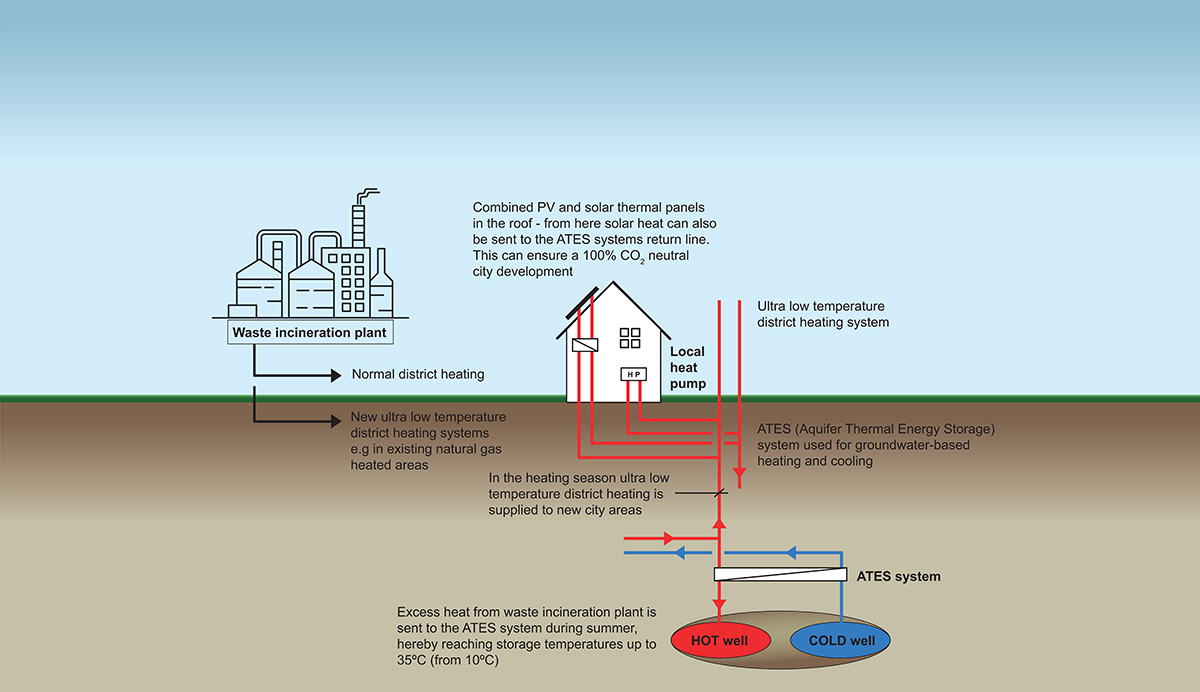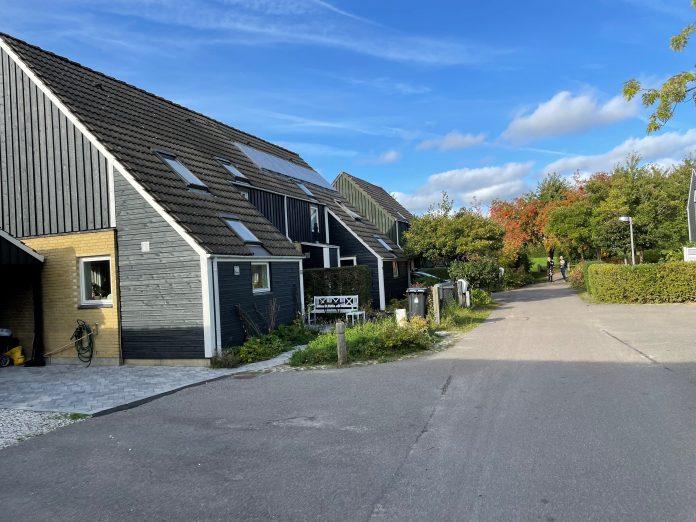Peder Vejsig Pedersen from European Green Cities provides a fascinating glimpse at Carbon Zero Cities
Existing certification systems do not handle the aim to utilise local renewable energy solutions in cities in a useful way. A Carbon Zero label for city districts can be a help to improve this situation and secure a development to identify how existing electricity and district heating systems live up to the aim of supporting an agenda of CO2 neutrality. Here a criterion could be that local renewable energy solutions should cover at least 50% of the energy supply.
Renewable energy production
Here it is important to accept, that it is not sufficient just to refer to a high amount of renewable energy in our electricity supply system, for example, based on a faraway offshore windmill or solar park capacity.
The local involvement in our renewable energy production is extremely important because it means that the transformation to 100% renewable energy is being accepted by our society, while it also secures reduced system losses in the electricity system, which also becomes more stable, while the security of electricity supply is at the same time improved.
In connection to this, it is important to agree on what you mean by renewable energy, so you only work with technologies, which actually reduce the CO2 emissions. Here the situation concerning biomass is still not so clear, and it is important to note that it was only due to an aim to get everyone on board in the UN-Kyoto Protocol in 1992, where it was accepted that all kinds of biomass were CO2 neutral.
Smart Energy Solutions
An example of Smart Energy Solutions being used with heat pumps is mentioned here, which together with new types of low-temperature district heating can combine with local renewable energy technologies as a next-generation 100% carbon zero city strategy, utilising waste- and groundwater as a resource.
Present-day waste incineration systems have the dilemma, that they have large amounts of surplus heating during summer, that cannot be utilised in the existing district heating systems.
An interesting solution to this problem can be to expand the district heating areas with the help of new ultra-low temperature district heating, which is based on the use of groundwater based Aquifer Thermal Energy Storage (ATES) combined with heat pumps, which also support the needed electrification of our heating needs.
This can be implemented as an “island” energy system, which, for example, can be established in existing, natural gas, supplied city areas, where you need to find new “non-fossil fuel” solutions.

In the figure shown here, there is an illustration of how this can be done in practice. In this case, you will get an improved operation of the waste incineration plant with the help of a new district heating line, where the local “island” energy systems will obtain an increase of the ATES groundwater temperature of up to 35°C during summer. And during the heating season, new cheap ultra-low temperature district heating systems will supply local dwellings with groundwater-based district heating for their individual water to water heat pumps in a very energy-efficient way.
And as a possibility to obtain a 100% CO2 neutral energy supply it can also be a good option to combine this with the use of local solar energy panels as well, where solar heat in the summer can be transferred to the groundwater storage system with high efficiency.
The present information is also available together with a recent video film and Smart Energy Green Cites reporting at www.carbonzerocities.eu and www.carbonzerocities.dk.
While several Smart Energy Green Cities example projects can also be studied at www.bæredygtigebygninger.dk (in Danish and English).
Please note: This is a commercial profile
© 2019. This work is licensed under a CC BY 4.0 license.











